The Flash was shot by Henry Braham, BSC on the RED Monstro and Ranger Monstro 8K VV. Braham, as usual, utilized one of the most intriguing stabilizers of the market. Here’s what we know about the rental-only Stabileye Nano.
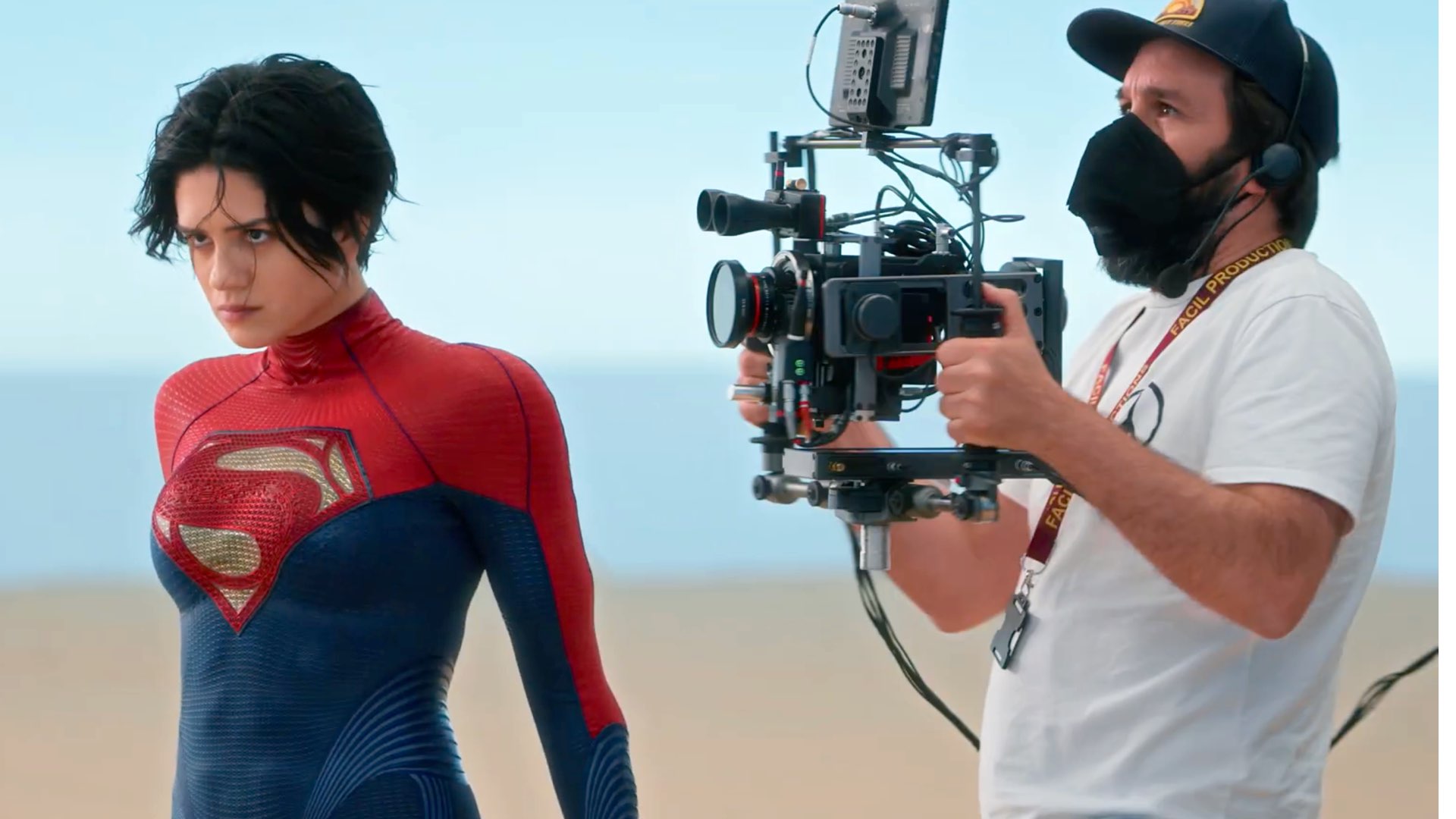
The Flash: Shot by Henry Braham, BSC
Henry Braham, BSC, served as the cinematographer on esteemed projects such as “The Suicide Squad,” “Guardians of the Galaxy” and “The Flash.” Additionally, he worked on “The Guardians of the Galaxy Holiday Special” and “Guardians of the Galaxy Vol. 3.” Henry also recently wrapped up work on a lm titled “The Instigators.” On many projects, Braham, who is a fan of RED Digital Cinema cameras, utilized a unique stabilizer developed by Stabileye (the Nano version). The Stabileye Nano was specially made for The Suicide Squad and was paired with the Komodo. For The Flash, Braham used a similar setup. and the Stabileye Nano was paired with the RED Monstro. In an interview, Braham said that “Good cinematography is not about a shot, but a collection of shots and how the camera moves” Braham stated and added: “The Flash was shot in a very freestyle way”. Indeed, The Flash’s cinematography is based on camera kinetic, in which the Stabileye Nano constitutes a major advantage.
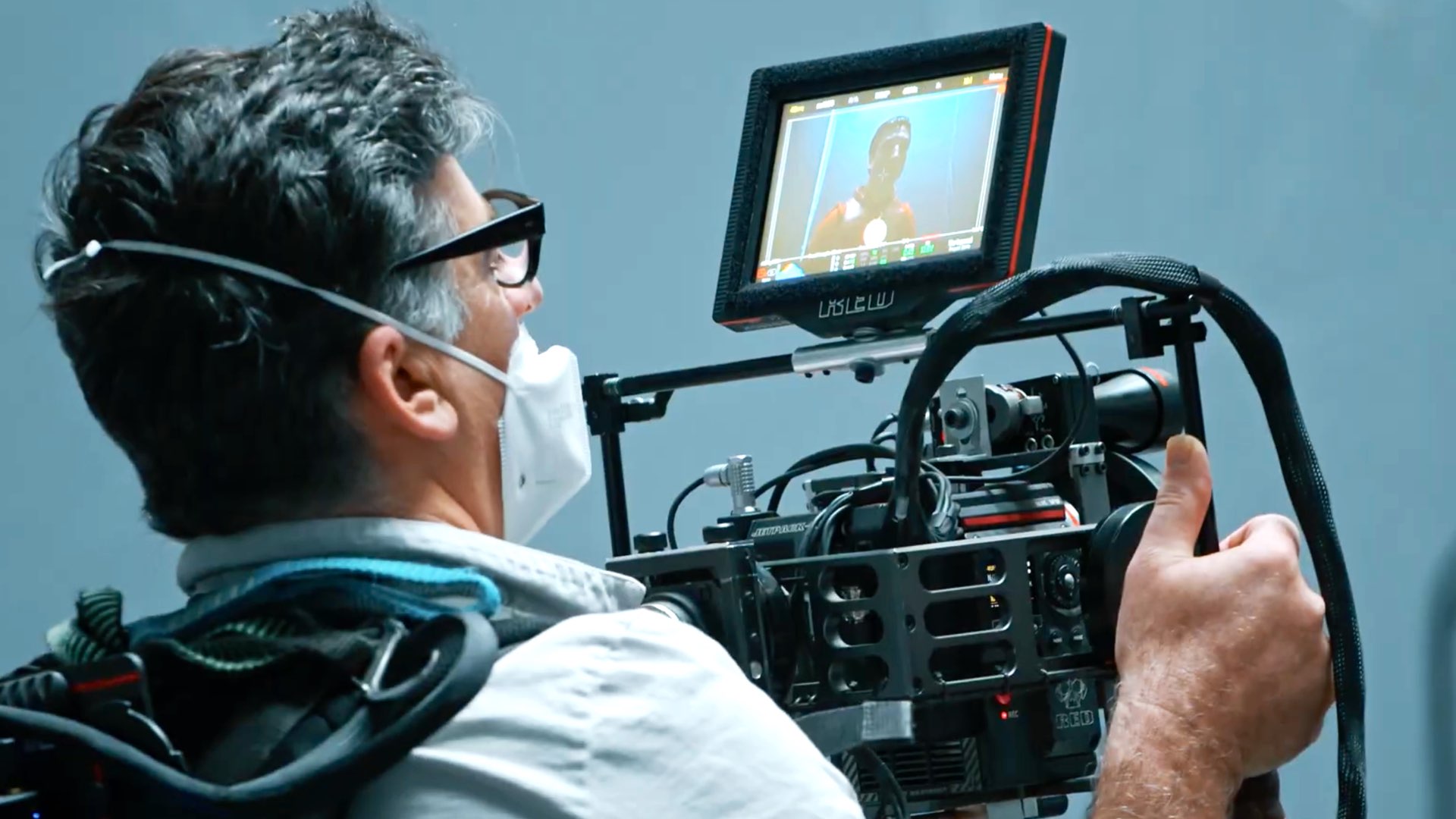
Good cinematography is not about a shot, but a collection of shots and how the camera moves.
Henry Braham, BSC
Stabileye: The star of 1917
In addition to The Flash and The Suicide Squad, Stabileye has been utilized on several projects, including Roger Deakins’ 1917 (that was based on ‘long-take’), Darkest Hour, and The Commuter. So, what’s Stabileye, and how is it different compared to other stabilizers? Here’s the definition of Stabileye: It is a miniature stabilized head that weighs just 3.5 Kg. It has been designed light so as to comply with the parameters required to fly beneath an aerial platform, so is light enough to be used in the hand without being encumbered with easy rigs or exosuits. This means that you can move the camera from ground level to full reach during the shot and it is small enough to be discreet, very mobile, and not in the way of the lighting. But that’s not the only way to wield Stabileye: it’s just as at home on a vehicle, a wire rig, or even a galloping horse. Its speed of setup and versatility can be relied on and will give you absolutely perfect stabilized footage every time.
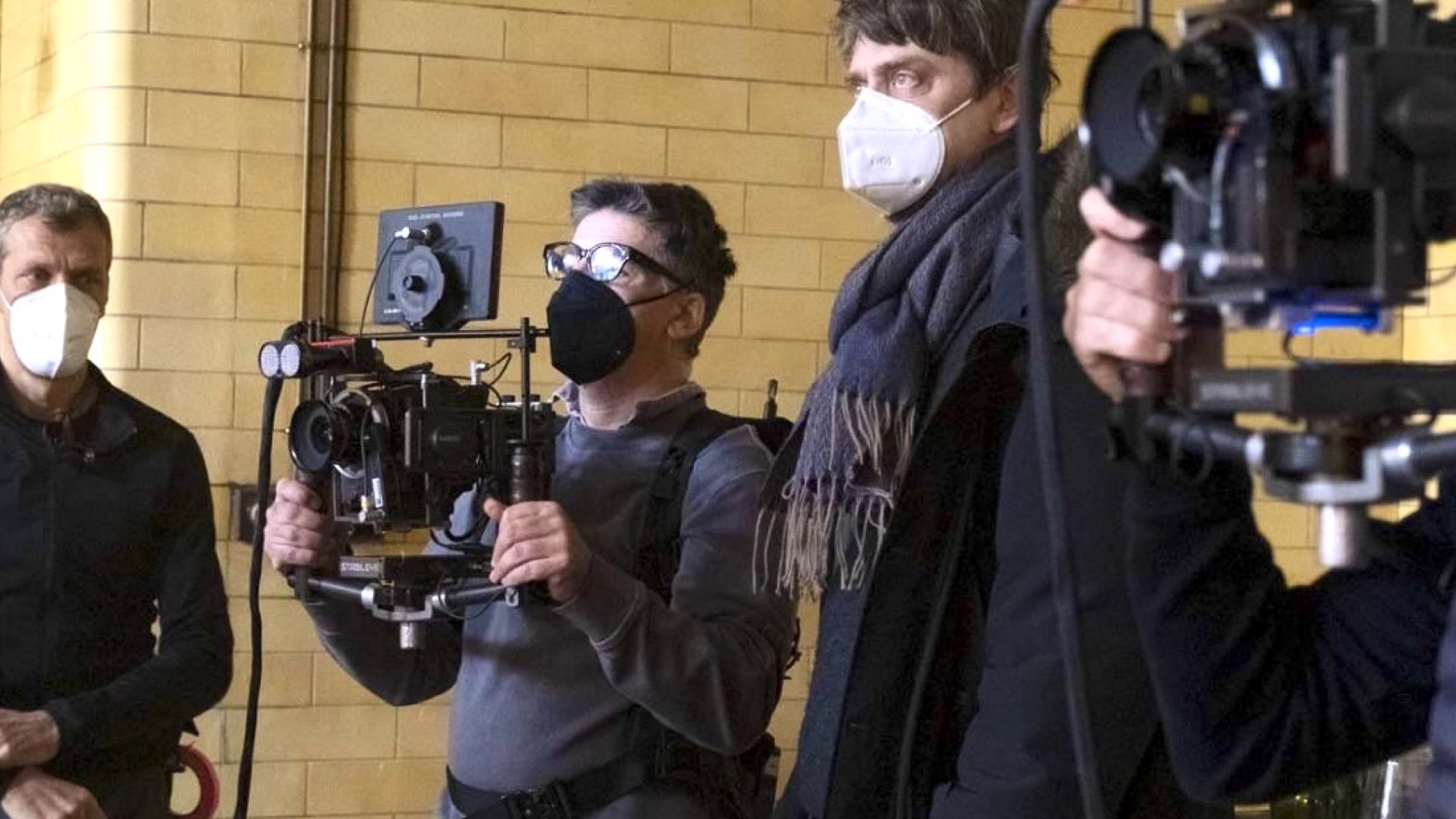
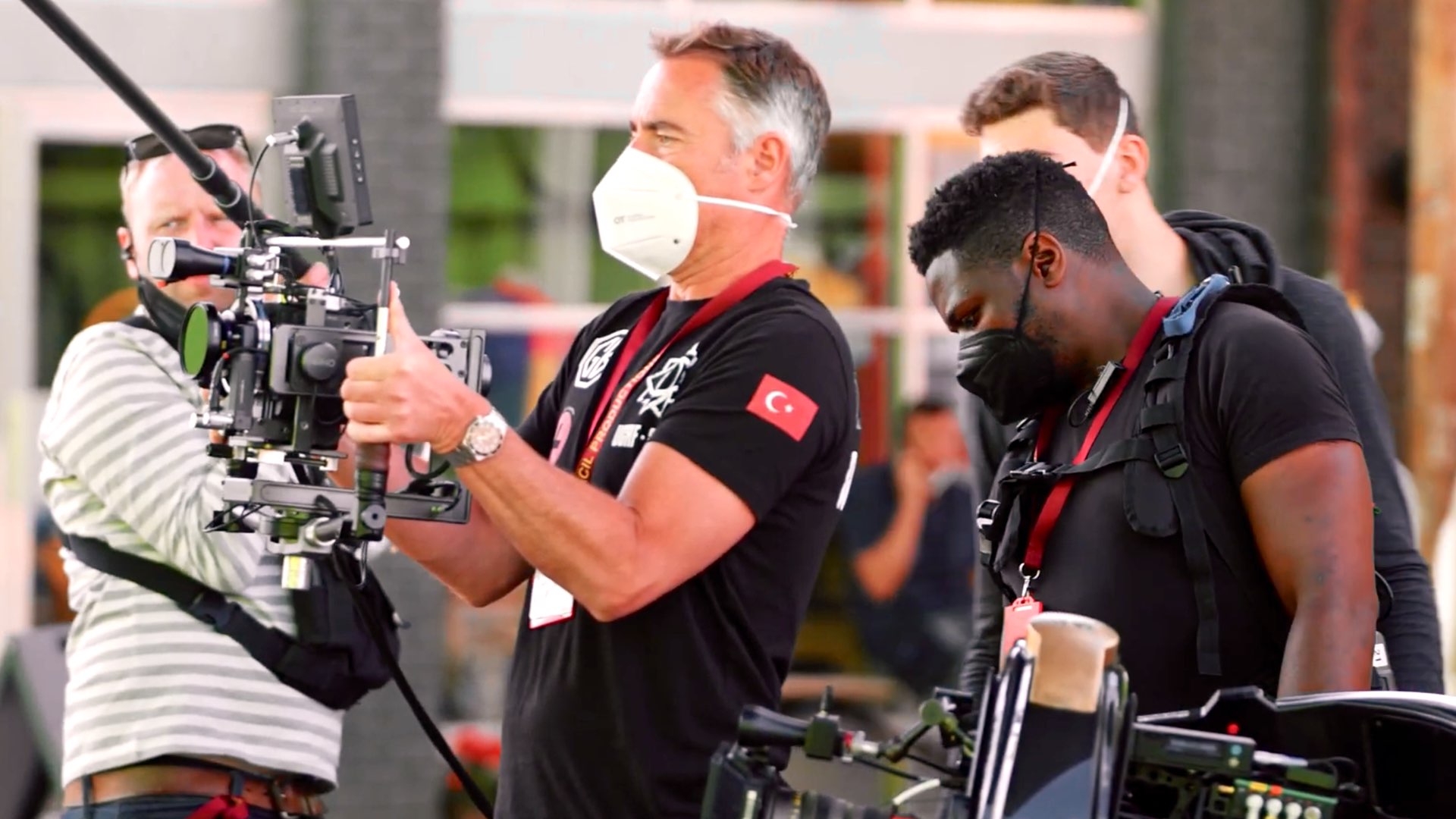
Stabileye is a miniature stabilized head that weighs just 3.5 Kg. It has been designed light so as to comply with the parameters required to fly beneath an aerial platform, so is light enough to be used in the hand without being encumbered with easy rigs or exosuits. This means that you can move the camera from ground level to full reach during the shot and it is small enough to be discreet.
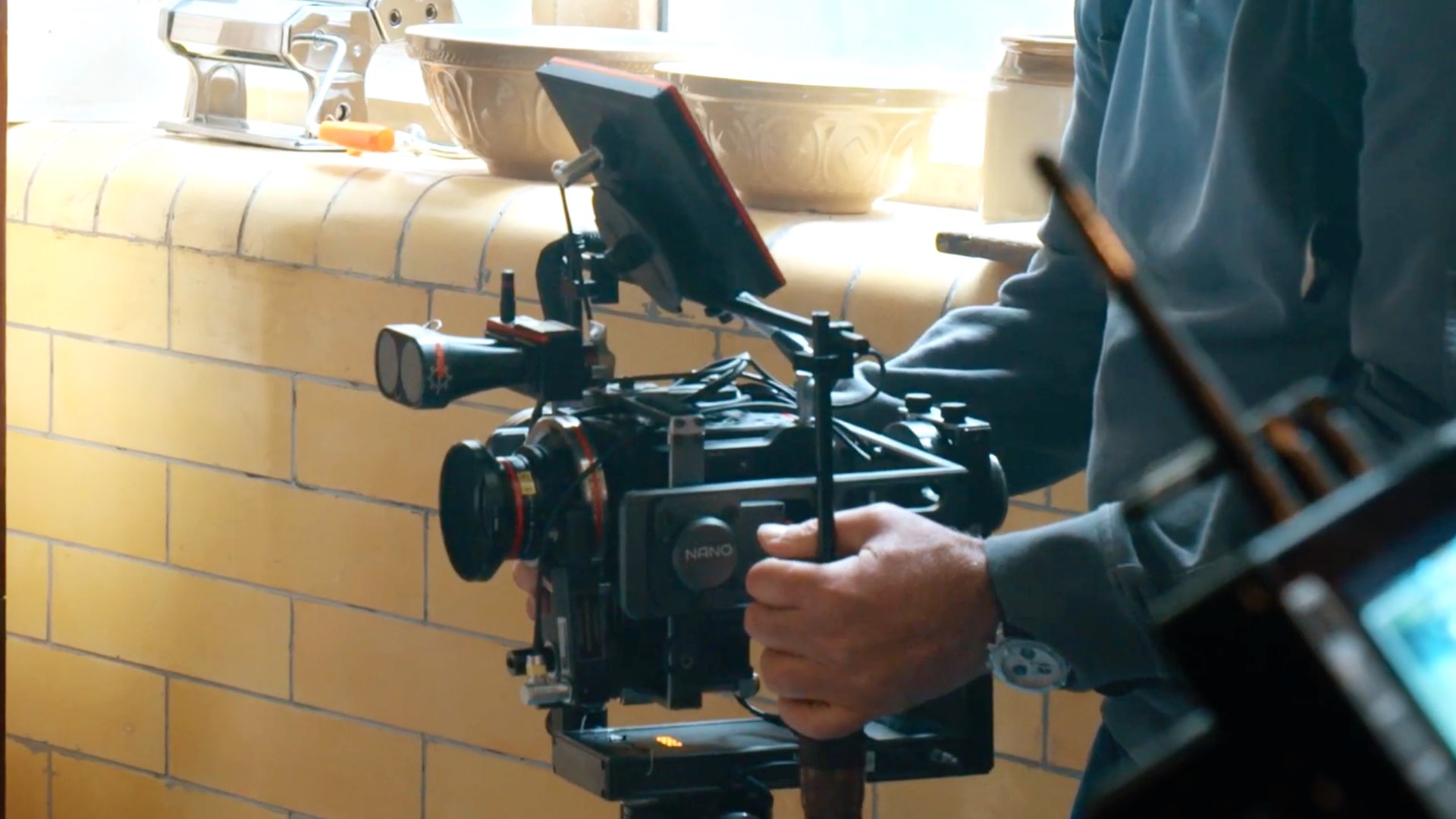
Compatibility
Stabileye can accept cameras of a variety of sizes ranging from DSLR, RED DSMC2 to the ALEXA Mini. Furthermore, Stabileye can support a wide range of small zoom and prime lenses right up to the new Panavision 65mm series. Its built-in wireless capability can see a range of over 200 meters between the head and the controller, and the operator maintains control with proper hand wheels and an audio link.
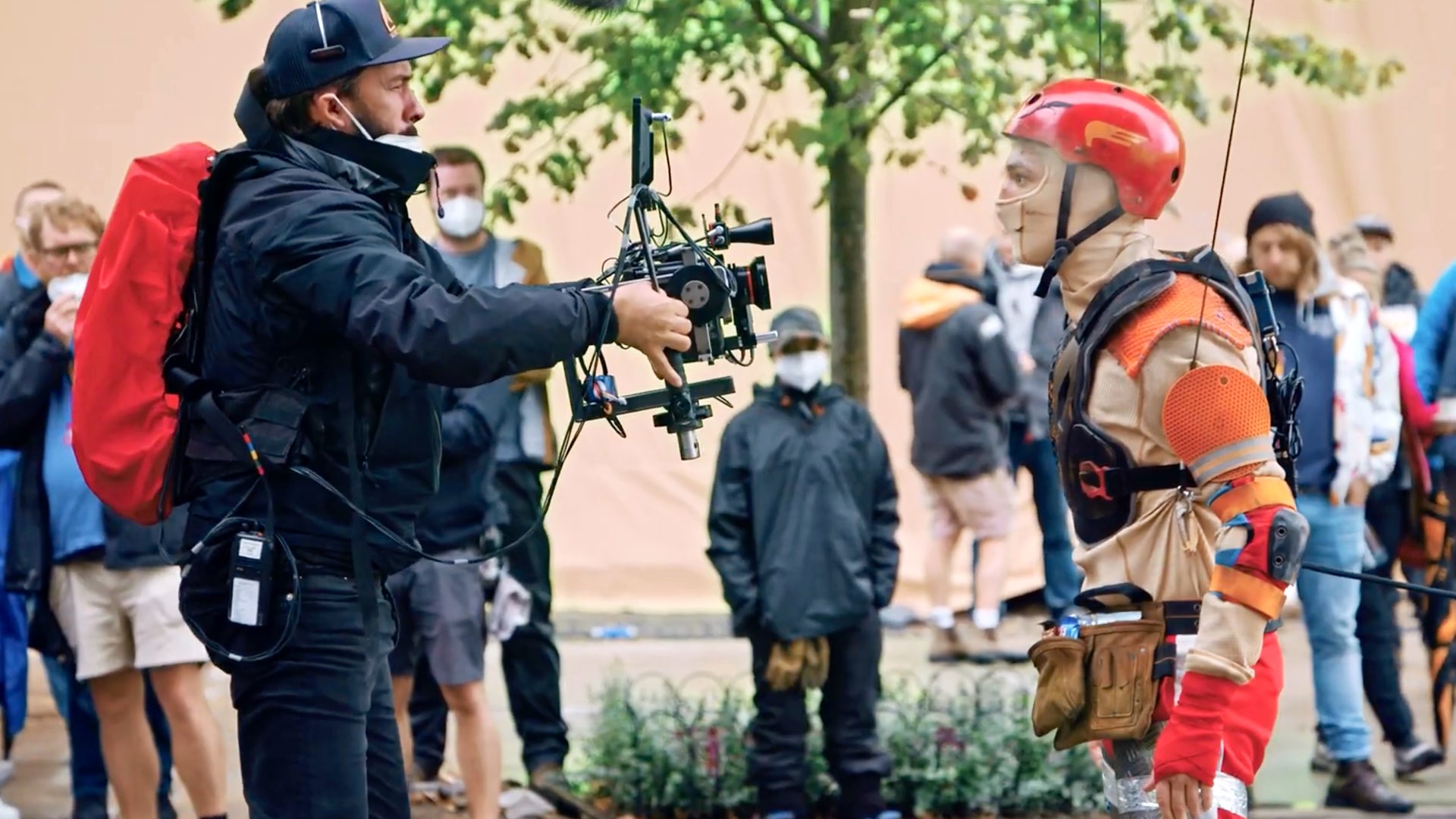
Is Stabileye Waterproof?
Stabileye is not a completely waterproof system so its use in rain or rain effects is best avoided. As stated by the company: “While we will endeavor to do everything in our power to continue shooting in adverse weather conditions we do not guarantee the reliability of the equipment if it is subjected to such exposure. The use of rain deflectors is not possible at this time so cable work should be carried out after lines have been dried”.
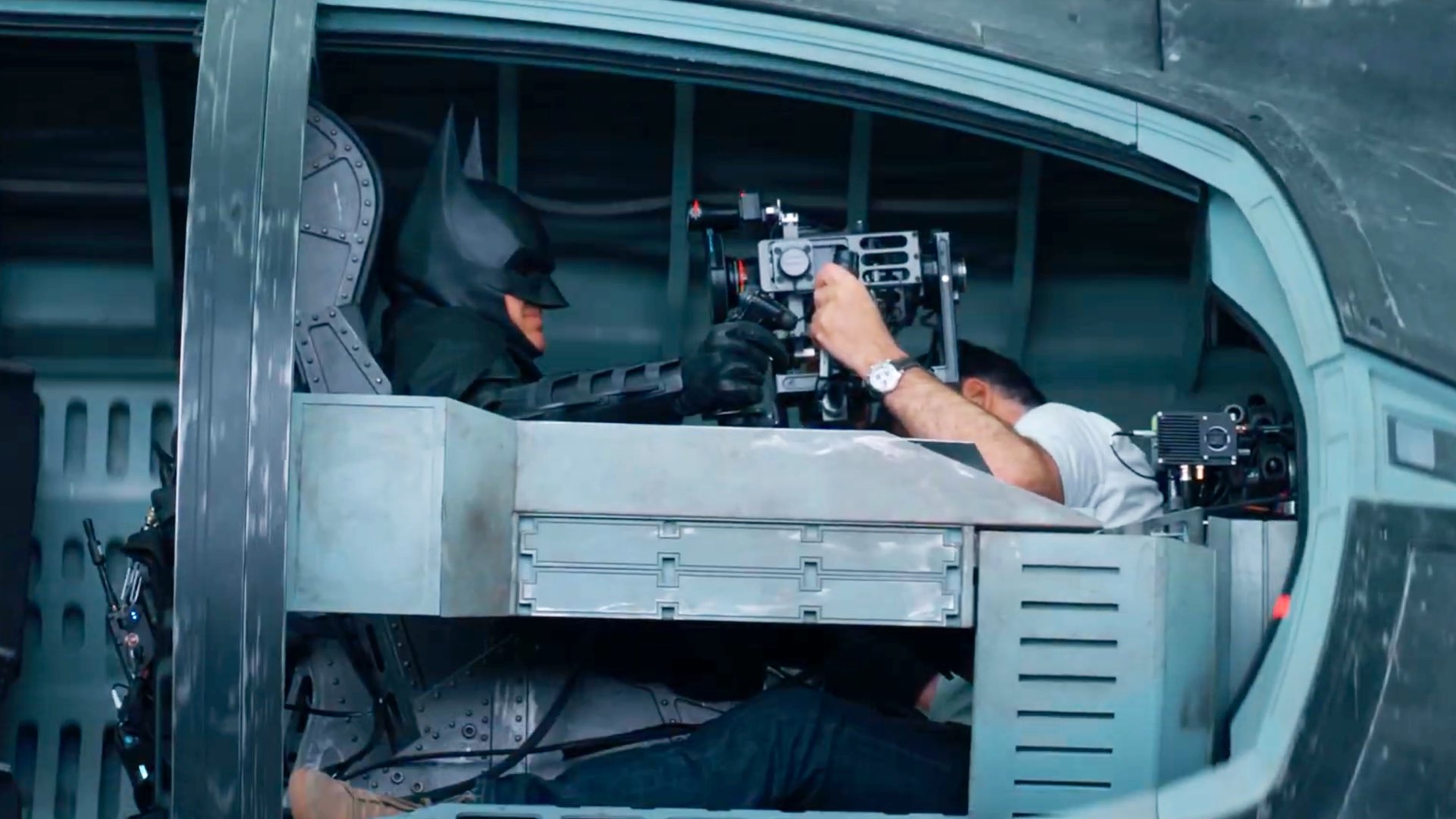
Price and availability
As for now, Stabileye and Stabileye Nano are rental-only products. There’s no price tag nor info regarding availability. As we wrote above, the Nano, which you can see in the pictures of this article, was specially made for Braham. Hence, we don’t know when it will be available for purchase. We think that this is the ideal timing for Stabileye to release it to the public. Would you buy the Stabileye Nano? For how much?

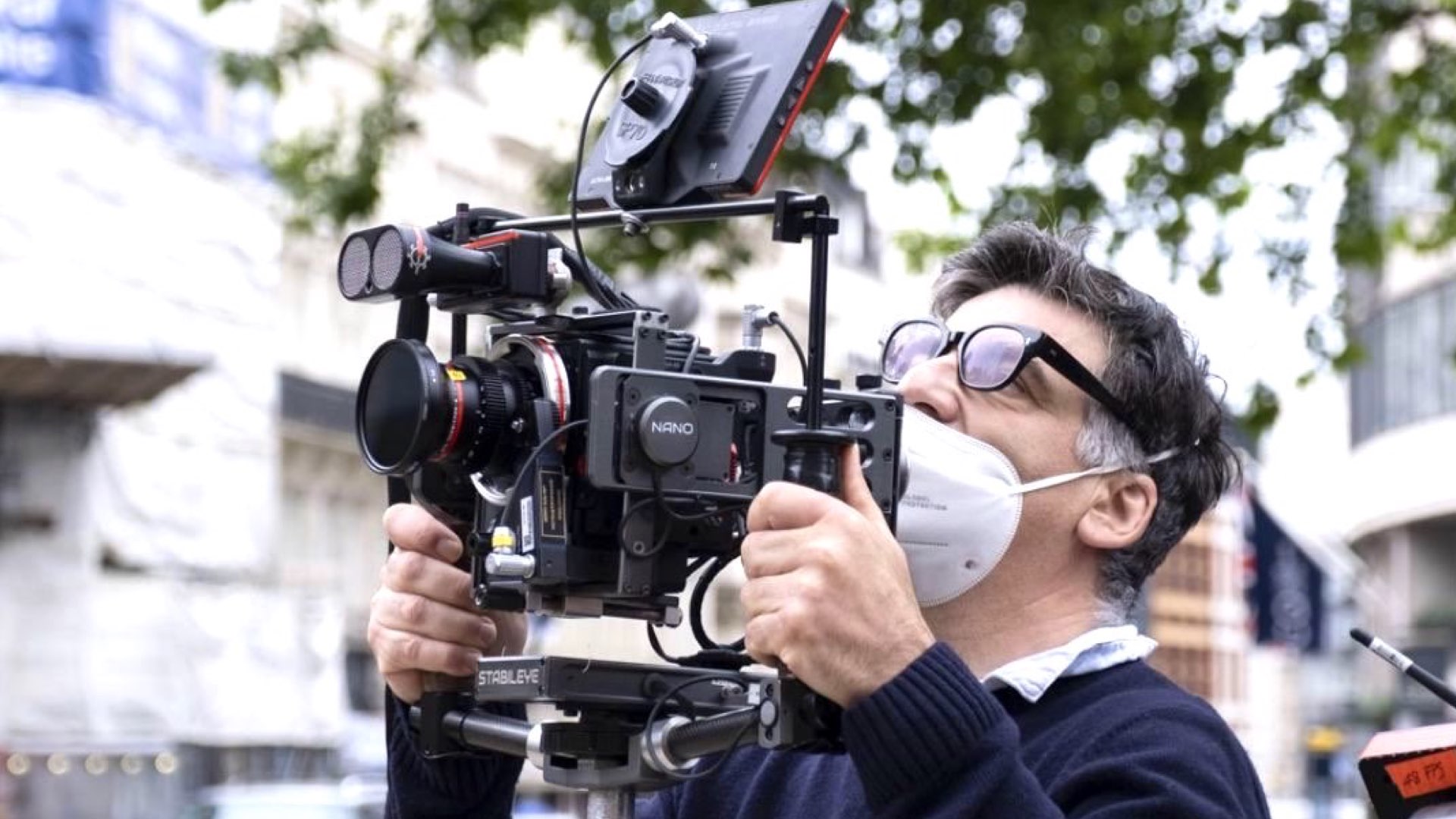

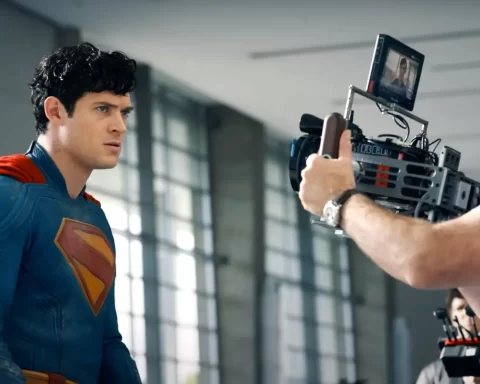
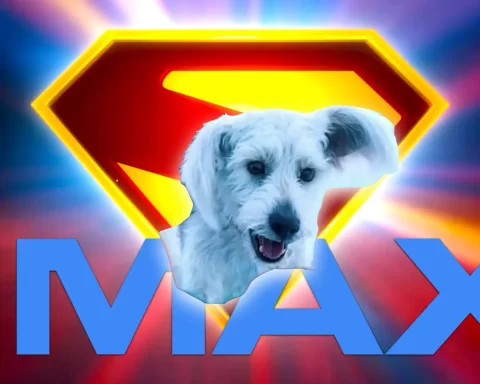

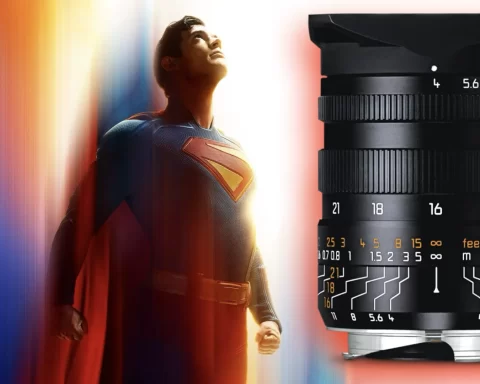


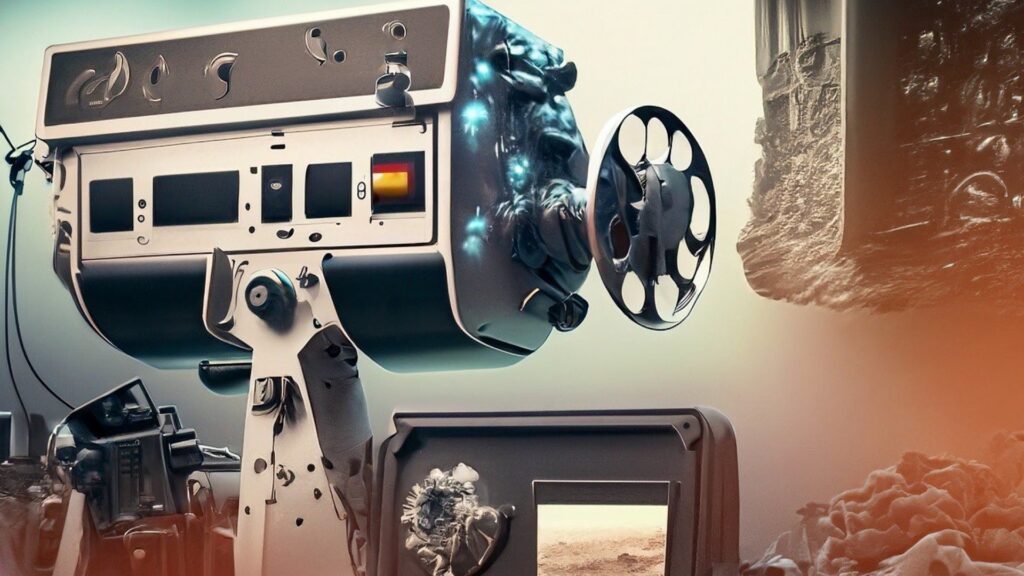
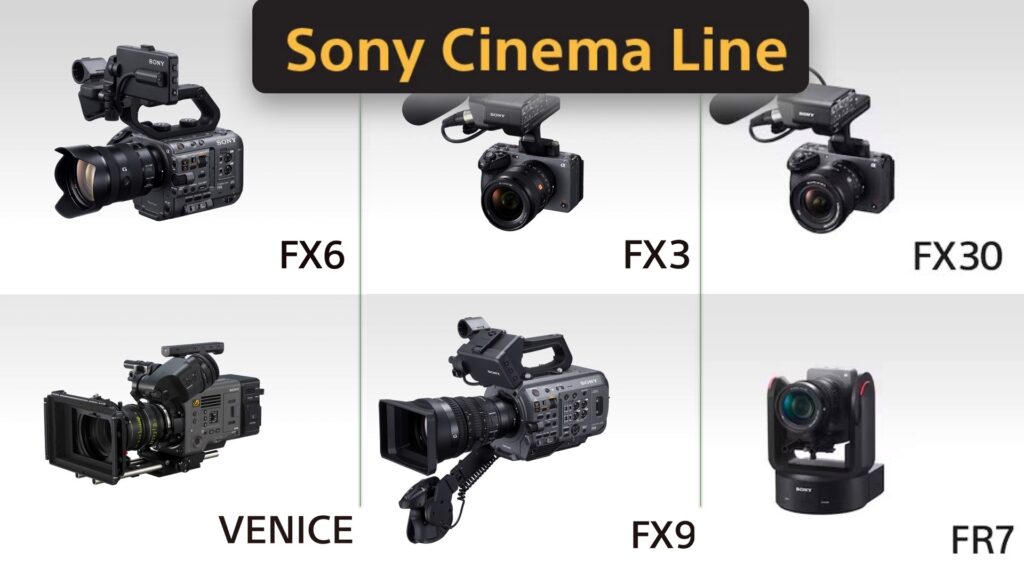

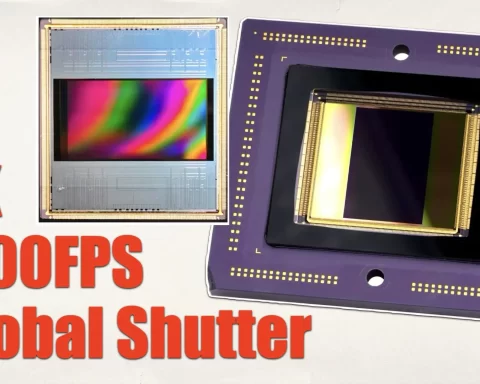

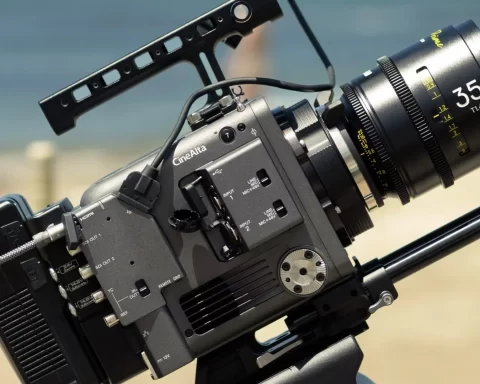

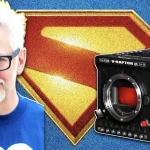
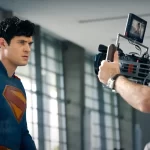
This reminds me of a gyro at a studio where I worked in the pre-gimbal days. It looked a little more unfinished than this one but overall, it was pretty close. That was custom-made and cost a good amount of money (5-7k) in 2008, it was made initially for use on car/truck shoots but was really useful and considerably more ergonomically friendly than say rs2/float setup. I would be interested at the right price but the 4d is such a nice little package with good color science so it have to be under $5000 and really be light and easy to use for me to buy one. I’m curious to know what that line is running to? I imagine a large battery of some kind and in that case, you’d have to compare it to 4d flex which becomes a very light small package. I’d bet the price point would restrict ownership to larger production companies but maybe they can find a sweet spot of features and price